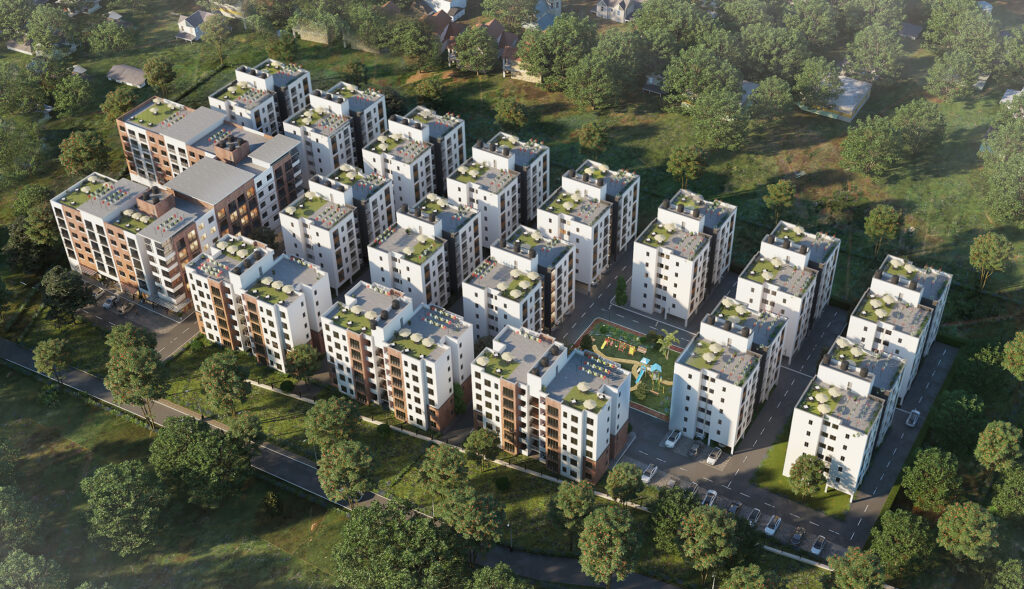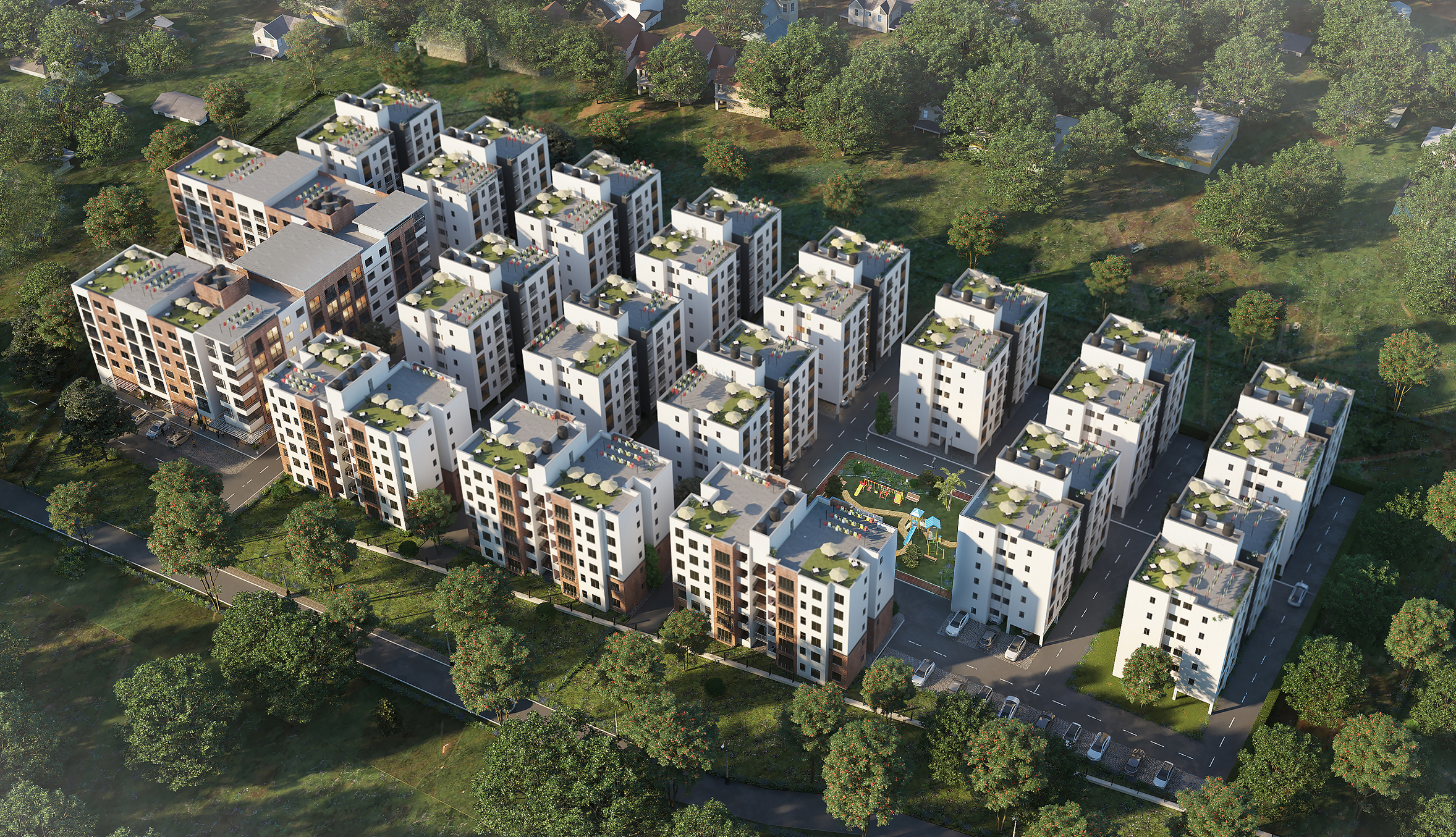The future of real estate in Kenya is experiencing high demand as Kenya continues to encounter rapid urbanization and economic growth, with a burgeoning population, evolving urban landscapes, and advancing technology, the future of real estate in Kenya is filled with promise and potential. In today’s article, we delve into the key trends and developments shaping the trajectory of the future of real estate in Kenya.
1. Urbanization and Population Growth.
Kenya’s urban population is on the rise, driven by factors such as rural-to-urban migration and natural population growth. This demographic shift is reshaping the demand for housing, commercial spaces, and infrastructure. As cities expand, there is a growing need for well-planned urban developments that can accommodate the increasing population while ensuring sustainable growth.
2. Affordable Housing Initiatives.
Access to affordable housing remains a pressing issue in Kenya. The government, along with private sector players, has been implementing various initiatives to address this challenge. Affordable housing projects, such as the Big Four Agenda, aim to provide decent and affordable housing to low and middle-income earners. These initiatives are expected to have a significant impact on the real estate landscape, driving investment in affordable housing developments across the country.

3. Technology and Innovation.
Technological advancements are revolutionizing the way real estate transactions are conducted and properties are developed. From digital platforms for property listings and virtual tours to innovative construction techniques such as 3D printing, technology is enhancing efficiency, transparency, and sustainability in the real estate sector. In Kenya, the adoption of technology is expected to accelerate, enabling developers to streamline processes, reduce costs, and deliver high-quality projects.
4. Sustainable Development.
With growing awareness of environmental issues and climate change, sustainability has become a central focus in the real estate industry. Developers in Kenya are increasingly embracing green building practices, incorporating features such as energy-efficient design, renewable energy sources, and water conservation measures into their projects. Sustainable developments not only benefit the environment but also offer long-term cost savings and enhance the quality of life for residents.
5. Infrastructure Investments.
Infrastructure development plays a crucial role in driving real estate growth and connectivity in Kenya. Investments in transportation networks, such as roads, railways, and airports, improve accessibility to different regions and unlock the potential for new real estate developments. Additionally, the expansion of utilities such as water and electricity infrastructure further facilitates urbanization and economic growth, attracting investments in both residential and commercial properties.
7. Emerging Trends in Property Development
Innovative trends are reshaping property development in Kenya, with mixed-use developments, co-working spaces, and sustainable building practices gaining traction. Developers are responding to changing consumer preferences and lifestyle demands by creating holistic living experiences, fostering community engagement, and integrating technology-driven solutions into their projects.
8. Real Estate Regulation and Governance
Efforts to improve regulation and governance in the real estate sector aim to ensure transparency, accountability, and investor confidence. Regulatory reforms, including the digitization of land records and the establishment of real estate regulatory bodies, streamline processes and mitigate risks associated with property transactions, attracting more domestic and foreign investm
9.Demographic Shifts and Lifestyle Preferences
Changing demographics influence housing preferences and consumer behavior, with urban living, connectivity, and modern amenities driving demand. Developers are adapting to these preferences by designing residential projects that cater to modern lifestyles, incorporating technology-driven solutions, and fostering community engagement.
10.Resilience and Adaptability
The COVID-19 pandemic has underscored the importance of resilience and adaptability in the real estate sector. Developers are reevaluating project designs and amenities to address health and safety concerns, implementing flexible leasing arrangements, and accommodating remote work trends.
Conclusion:
The future of real estate in Kenya is dynamic and multifaceted, driven by demographic shifts, technological advancements, regulatory reforms, and changing consumer preferences. By embracing innovation, sustainability, and resilience, the Kenyan real estate sector is poised to capitalize on emerging opportunities and contribute to the country’s socio-economic development.
To learn more about TSG Realty or the topic of discussion in this article, reach out to us on 0748 588 222 or email sales@tsgrealty.co.ke







